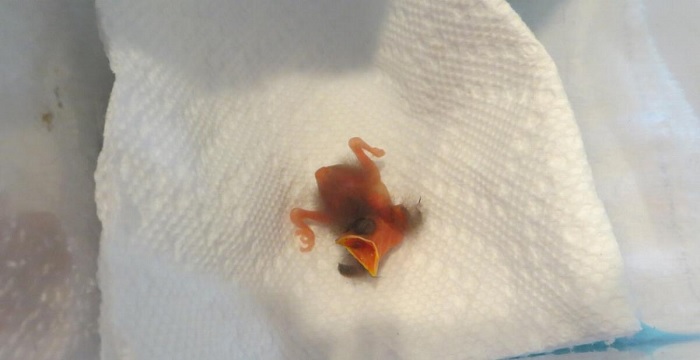A jogger finds something heartbreaking on the ground, and his heroic action is rewarded 5 weeks later
A jogger finds a baby bird. He has just fallen from the nest and the remains of his egg shell are still clinging to him. His chance of survival is practically nonexistent. The jogger attempts to put the bird back into his nest, but cannot find it. Luckily, the jogger’s brother is a vet. What happens next provides us with a breathtaking look into something that occurs every day in nature, but is rarely observed: the daily developments of a baby bird.
WARNING: The following actions were performed by an experienced and qualified person. If you ever find a bird and cannot locate the nest, please call for professional help.
Day 1.
This is what a baby bird looks like directly after birth. No one can determine what kind of bird it is yet.

Day 2.
It’s somehow cute, this little fur ball. It’s placed into an incubator, which is set to the correct temperature and moisture to keep him warm. The bird is named “Duckling.”

Day 3.
For 14 hours a day, the baby must be fed every 30 minutes. Worms, crickets, and a special formula are on the menu.

Day 4.
After just 4 days, you can begin to see feathers. It’s truly astounding how fast an animal develops. His instincts already function well, as the baby bird has already begun to relieve himself on the edge of his “nest,” just like in nature.

Day 5.
Just one day later, the baby bird’s feathers are showing even more, and he is able to assume other positions.
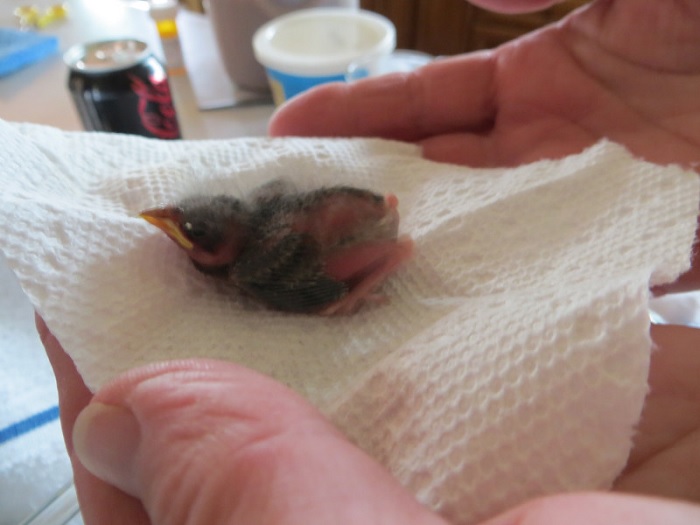
Day 6.
His feathers are still encased in a protective covering.
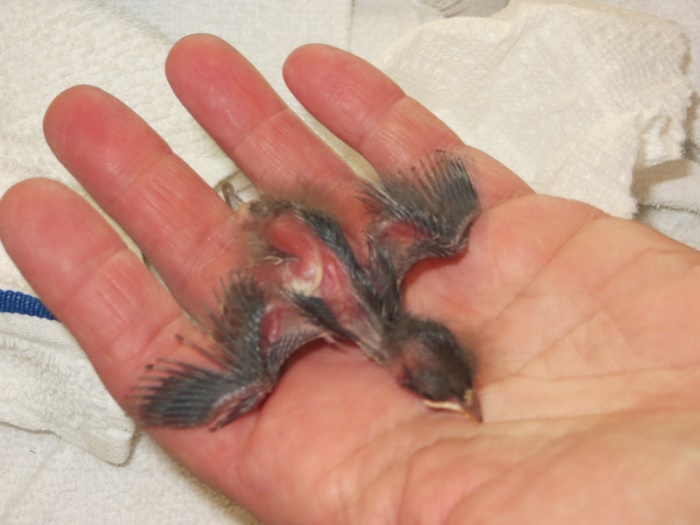
Day 7.
But just the next day, at one week old, these coverings fall off.
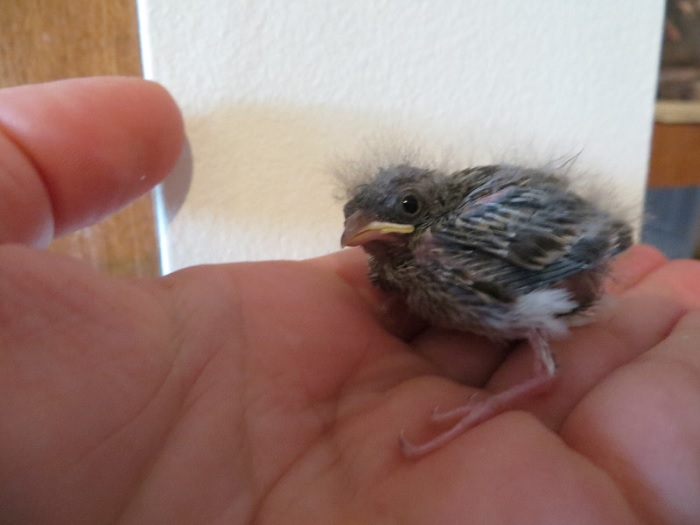
Day 8.
The baby continues to grow. He is fed 3 crickets and a few worms at every meal and appears to have a proper appetite.
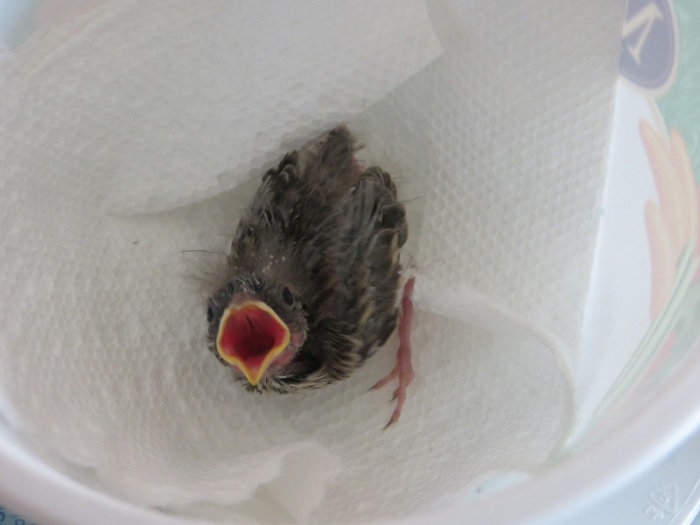
Day 9.
Now he can be taken out of the incubator with a full and robust plumage.
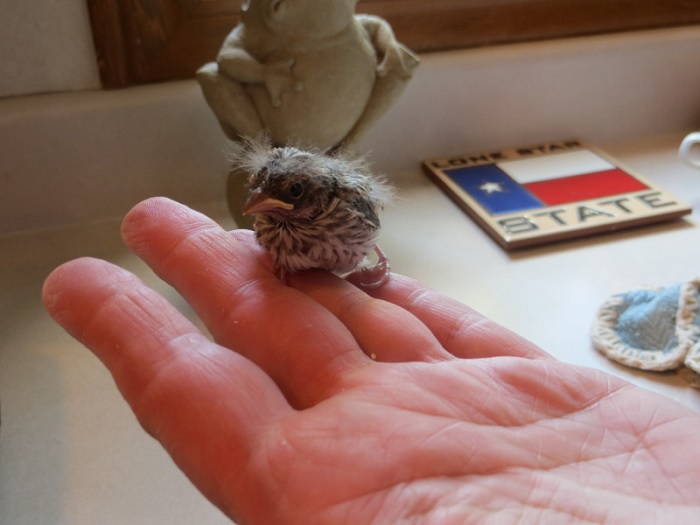
Day 10.
Next, Duckling is put in a cage and exposed to all kinds of natural substances.
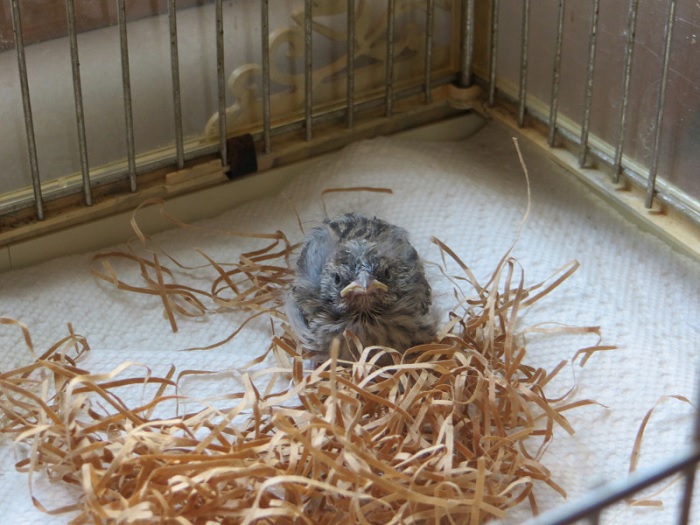
Day 11.
Because he is still so young, he has yet to grow a feather tail.
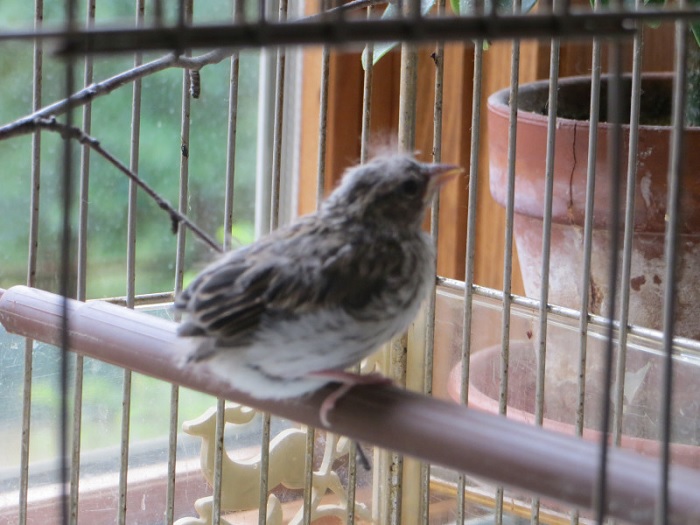
Day 12.
His diet is now supplemented with grain. He is no longer fed worms. Rather he collects them himself.
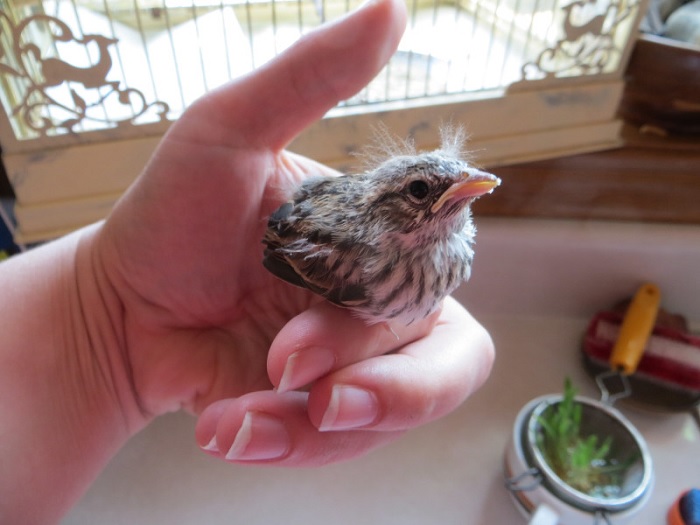
Day 13.
Duckling slowly masters balancing on a perch.
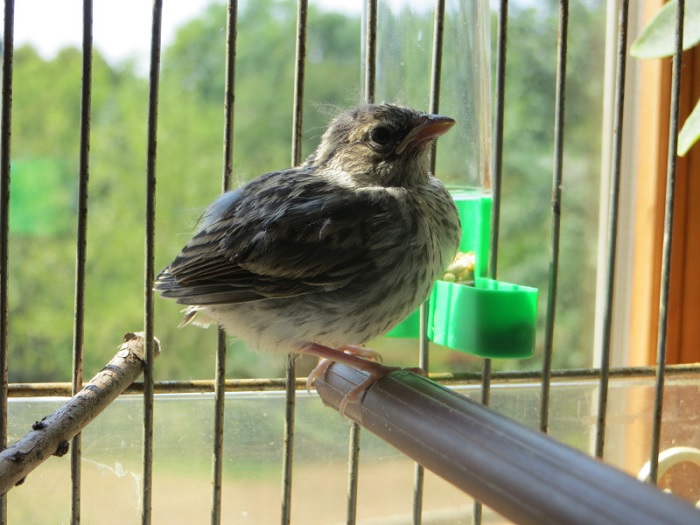
Day 14.
It’s unbelievable that after just 2 weeks, this helpless mass of fur has become a beautiful bird. How fast they grow…
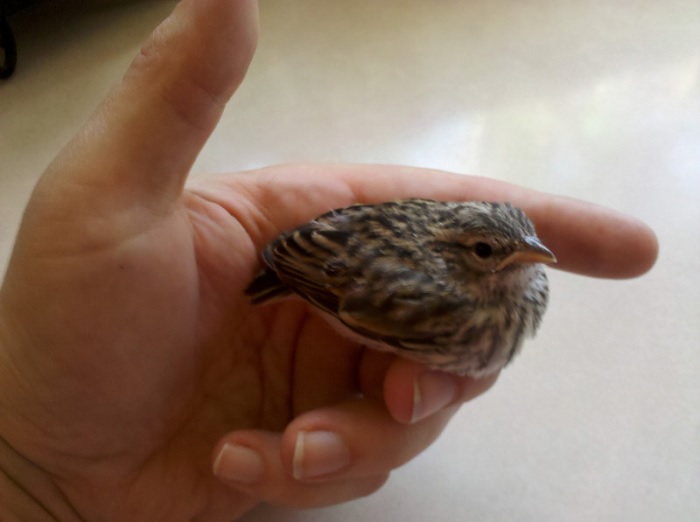
Day 17.
He is moved again, this time to a larger cage. His rescuers have added branches with foliage so that the little bird can get used to trees.
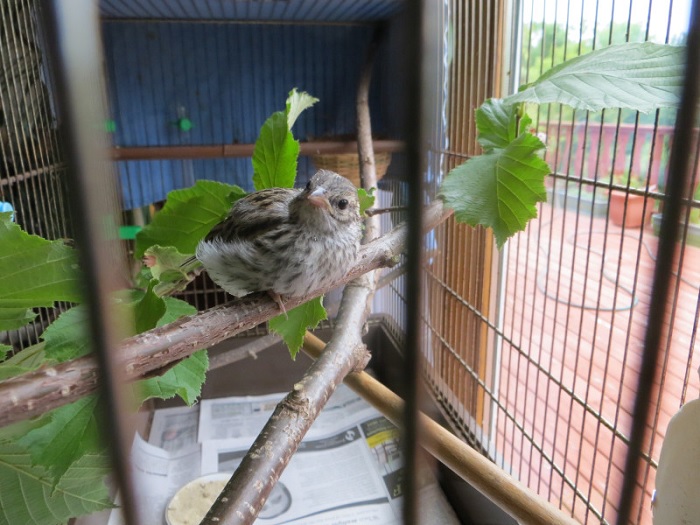
Day 22.
Now comes his acclimation to weather. The cage is intermittently placed outside so that Duckling can make contact with other birds and learn how to tweet.
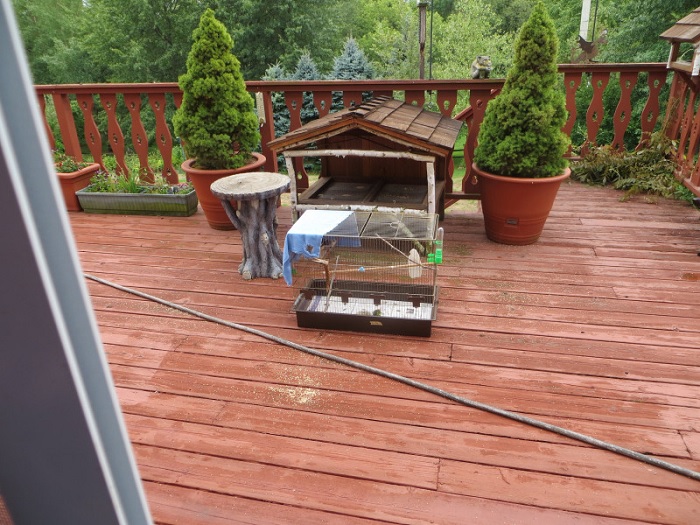
Day 23.
Here you can see his wonderful plumage, which tells us that he is a type of songbird.
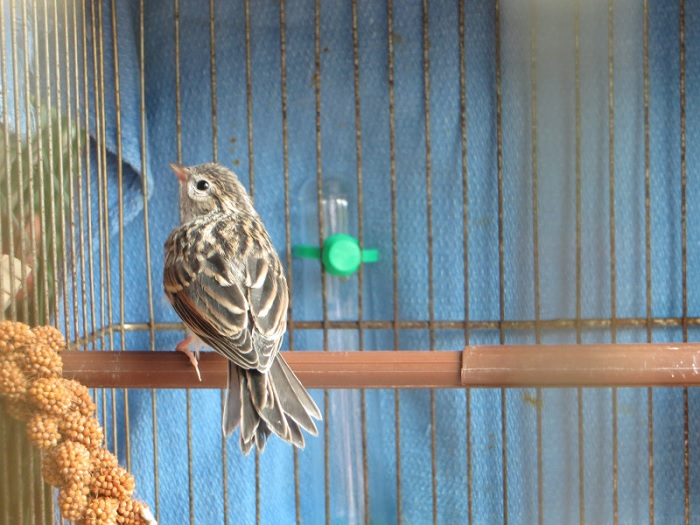
Day 25.
His feathering will also serve as camouflage in the trees.
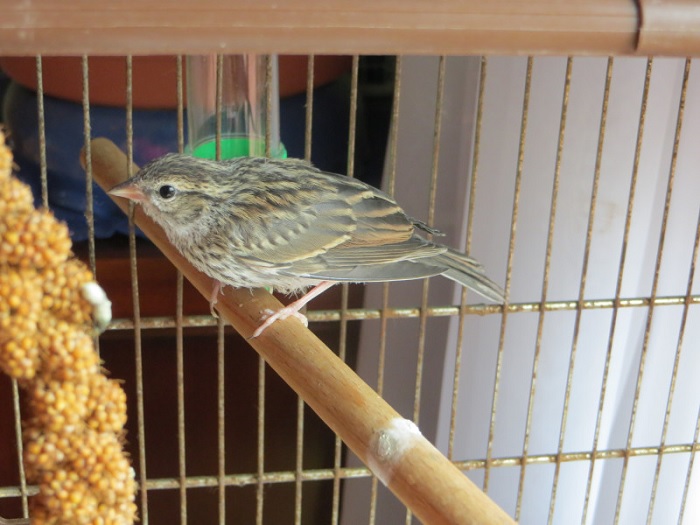
Day 27.
Now his diet is just grain and worms. The toddler has lost all appetite for crickets.
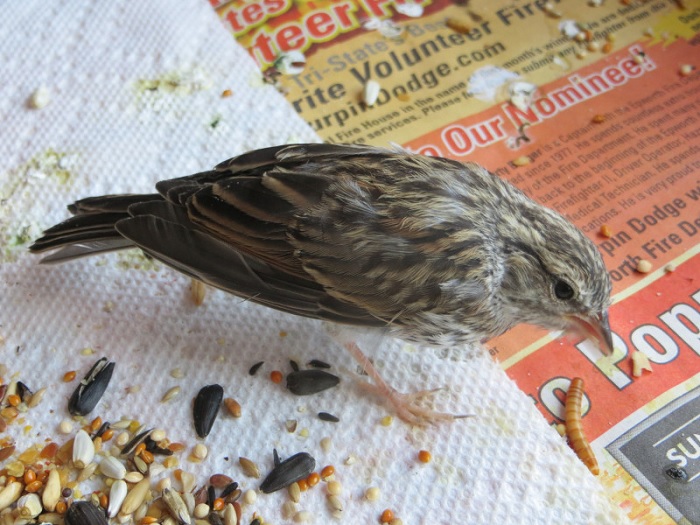
Day 29.
In nature he can pick his own buds – which is a popular food for birds.
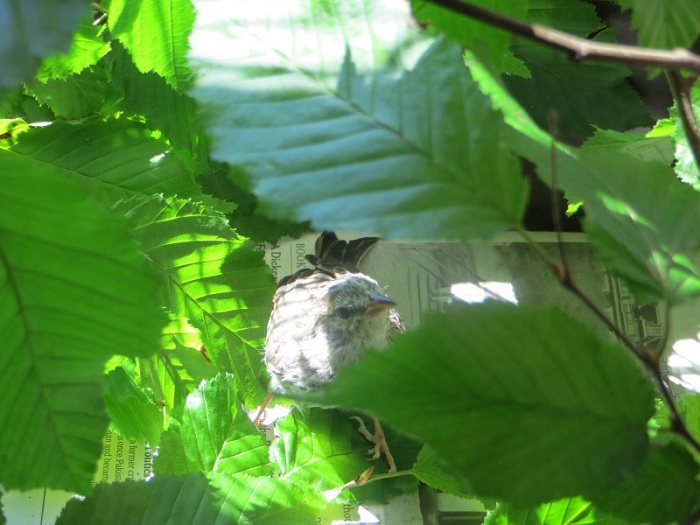
Day 33.
Finally, Duckling is ready to be released into the wilderness. But since there were reports of hefty storms, the rescuers decided to wait.
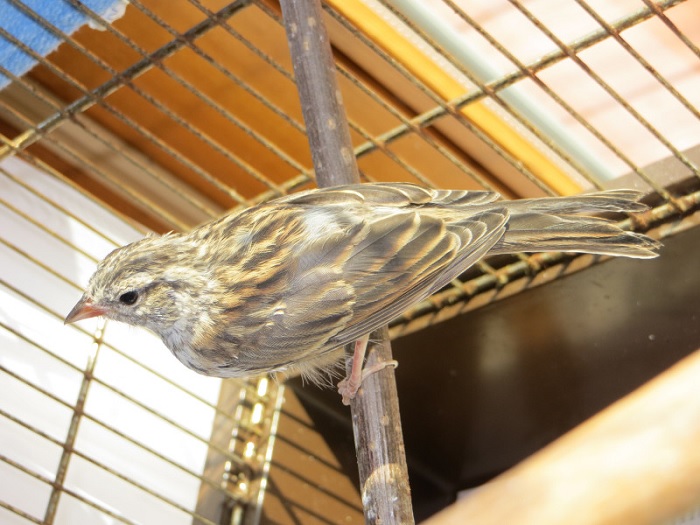
Day 36.
After heavy storms, the 36th day was a perfect one to release Duckling. He was brought close to where he was found so that he could find others of his species.
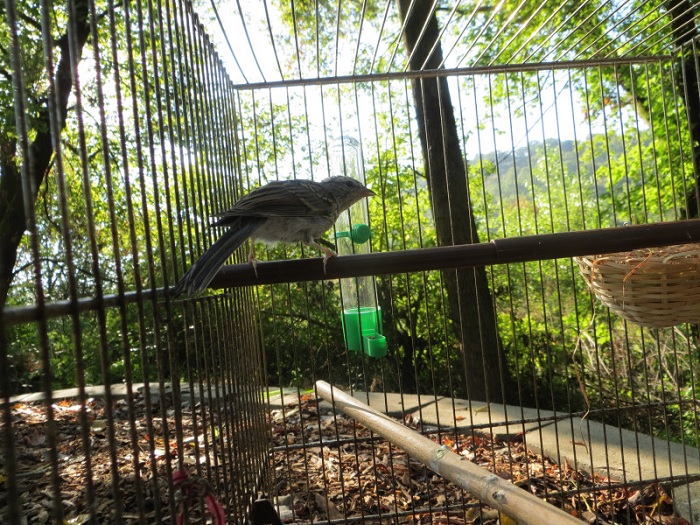
After a few minutes he hops outside and begins to act like a wild bird. Obviously the professional rearing had prepared him for life in the wild.
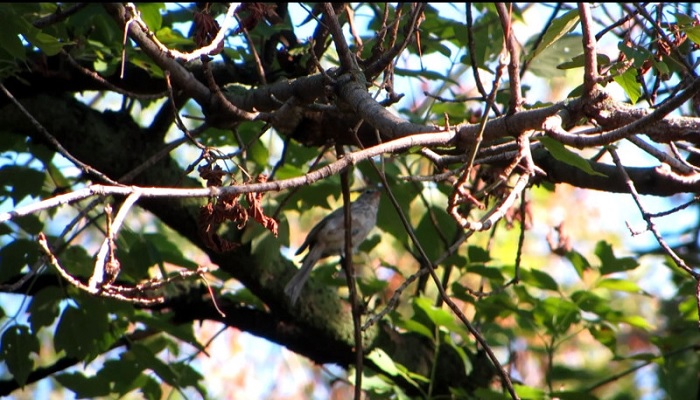
Duckling was able to escape death because he received such wonderful care. Because of his rescue, we get a once-in-a-lifetime opportunity to accompany the little baby bird through his first days of life. Share this astounding insight into nature’s wonders.
Photo Credit: http://imgur.com/a/0llgn
Source: http://www.hefty.co/duckling/










